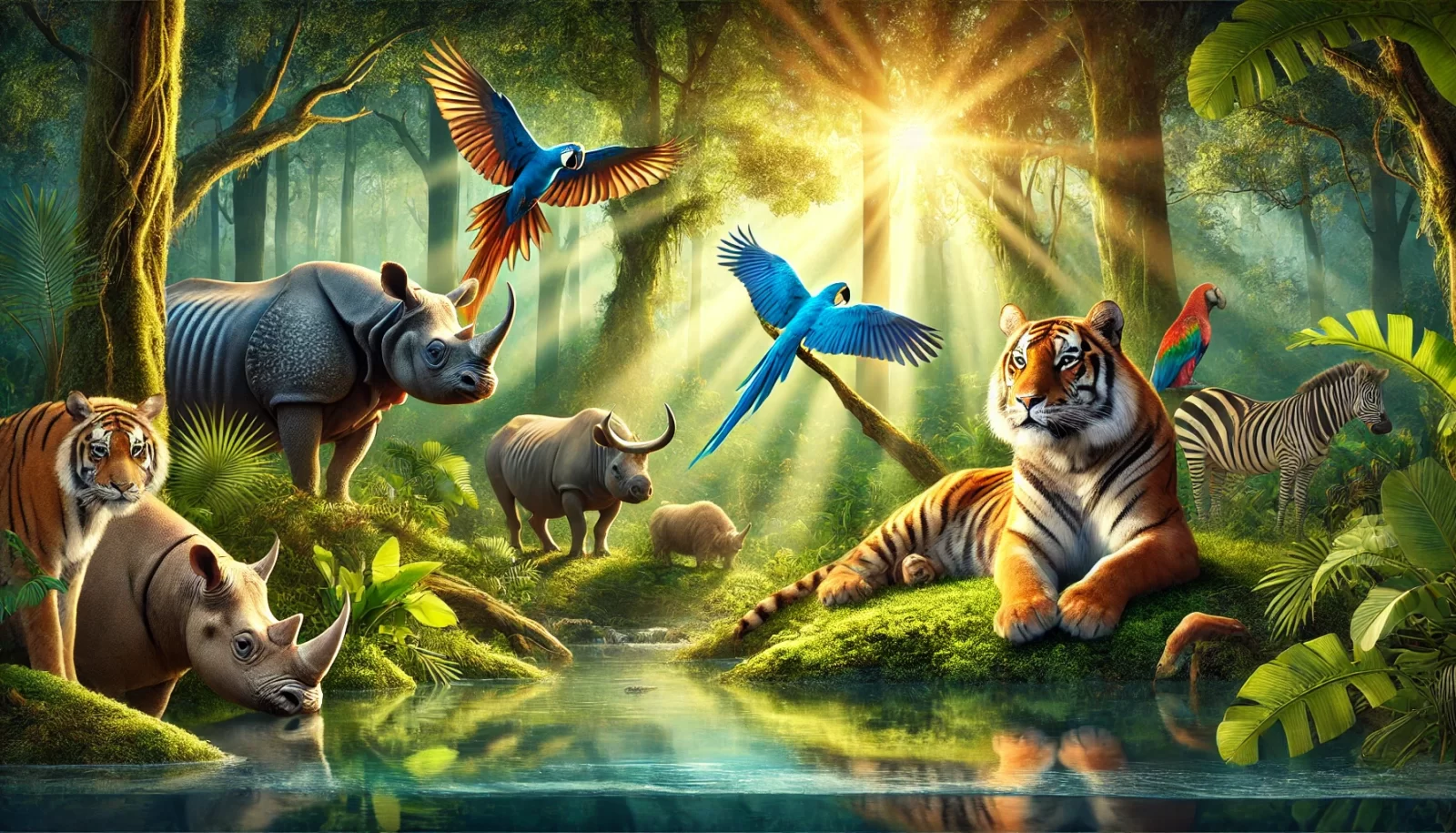
Introduction:
Endangered species play a crucial role in maintaining the balance of ecosystems. However, due to habitat destruction, climate change, and human activities, many species are now at risk of extinction. Understanding how these species are classified is essential for implementing effective conservation efforts. In this post, we will explore the criteria used to assess the status of endangered species, as well as the subdivisions that help prioritize conservation actions. By recognizing the importance of this classification system, we can better support efforts to protect vulnerable wildlife and ensure a sustainable future for our planet.
Definition of Endangered Species: An Explanation of the Concept
Introduction
Endangered species are animals or plants that are at risk of extinction. Understanding the concept of endangered species is crucial for both conservation efforts and biodiversity preservation. In this article, we will define what endangered species are, explain why they are at risk, and discuss the importance of protecting them.
What Are Endangered Species?
Endangered species are those whose populations are so low that they face a significant risk of disappearing forever. These species can be plants, animals, or other organisms whose survival is threatened by various factors. The International Union for Conservation of Nature (IUCN) is the global organization that classifies species based on their risk of extinction. According to the IUCN Red List, there are several categories of endangered species, ranging from “Least Concern” to “Critically Endangered.”
Why Are Species Endangered?
Species become endangered for various reasons. Habitat loss is one of the primary causes, as human activities such as deforestation, urbanization, and agriculture destroy natural habitats. Additionally, climate change, pollution, poaching, and overhunting further contribute to the decline of species populations. As a result, the delicate balance of ecosystems is disrupted, leading to the endangerment of many species.
Moreover, some species are naturally more vulnerable due to their small population sizes, specific habitat requirements, or reproductive behaviors. This makes them more susceptible to threats, especially when combined with human-induced factors.
Categories of Endangered Species
The IUCN Red List classifies species into different categories based on their conservation status. These include:
- Critically Endangered (CR): These species face an extremely high risk of extinction in the wild.
- Endangered (EN): Species that are at a very high risk of extinction in the wild.
- Vulnerable (VU): Species that are at risk but are not yet facing a critical threat.
- Near Threatened (NT): Species that could become endangered in the future if current trends continue.
- Least Concern (LC): Species that are currently stable and not at significant risk of extinction.
By classifying species in this way, conservationists can prioritize efforts to protect those that need the most attention.
Why Is It Important to Protect Endangered Species?
Protecting endangered species is essential for maintaining healthy ecosystems. Every species plays a role in the balance of its environment, and the loss of one can have cascading effects on other species. Furthermore, many species provide vital services, such as pollination, water purification, and pest control, which benefit humans and the planet.
In addition, the extinction of species often leads to the loss of genetic diversity, which can impact the ability of ecosystems to adapt to changes in the environment. Therefore, safeguarding endangered species is not just about saving individual animals or plants; it is about preserving the integrity of the natural world.
Conclusion
Endangered species are at risk due to a combination of human activities and natural vulnerabilities. Understanding what makes a species endangered and the factors that contribute to its decline is key to taking effective conservation actions. By supporting conservation initiatives, reducing human impact on ecosystems, and raising awareness, we can help protect endangered species and ensure a sustainable future for our planet.

